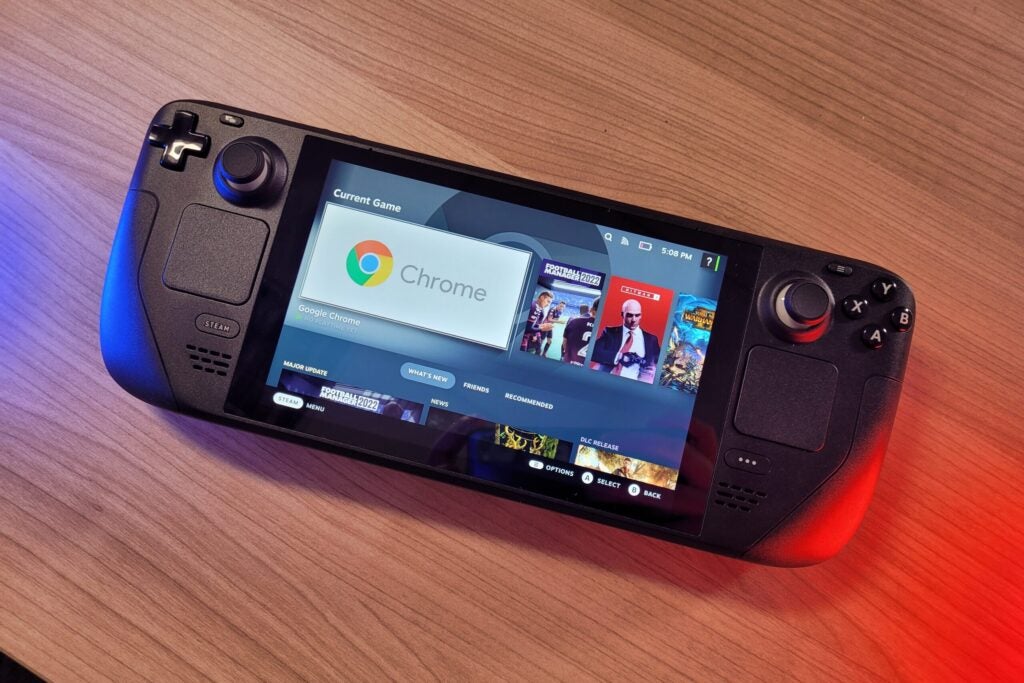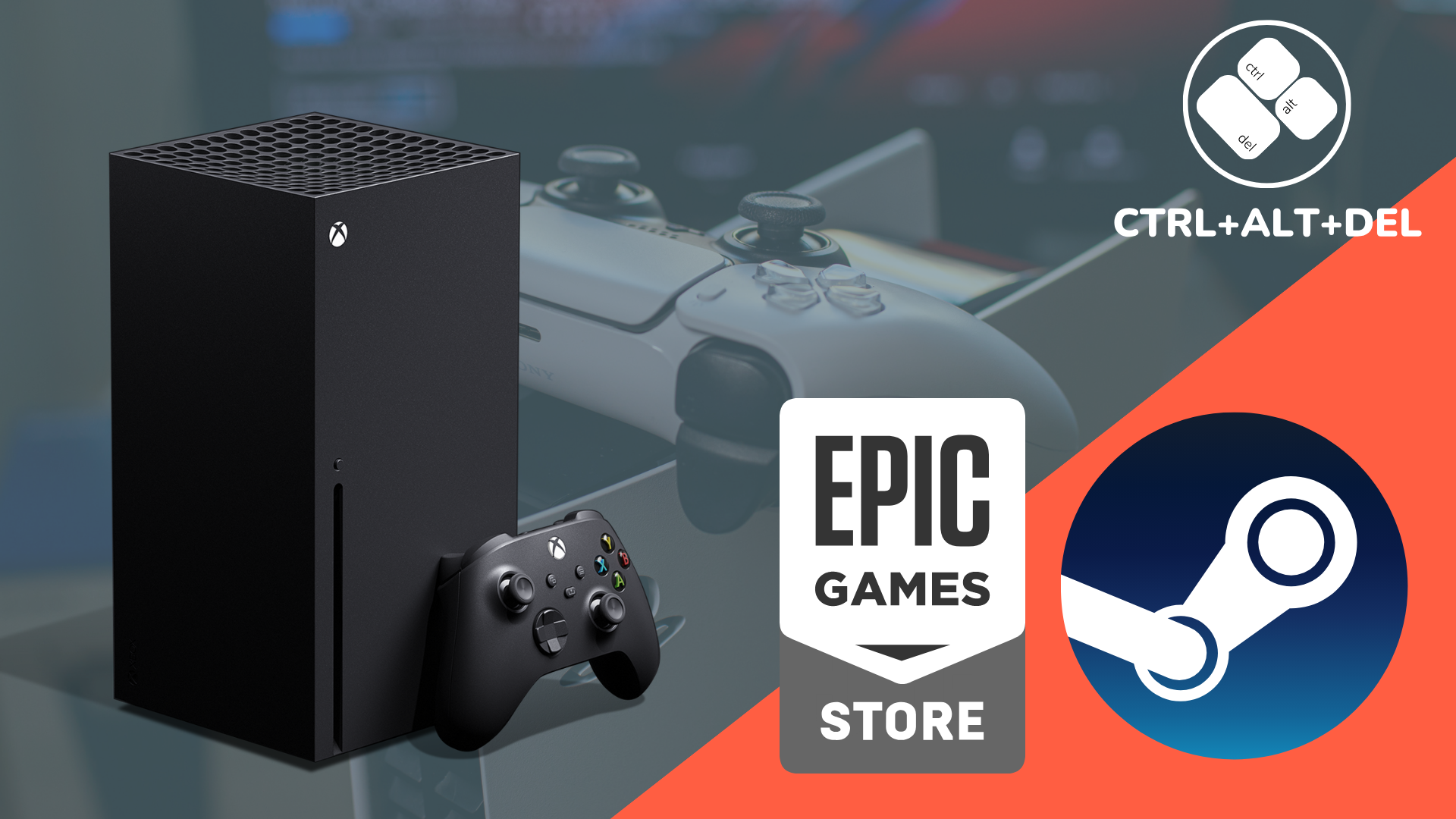Ctrl+Alt+Delete: Asus ROG Ally won’t beat the Steam Deck

OPINION: Asus revealed its first handheld device earlier this week and it was a bit of a mess. But, aside from that, the Asus ROG Ally looks hugely impressive. It actually looks too impressive, and that’s why it won’t top the Steam Deck.
Tech YouTuber Dave2D got some hands-on time with the ROG Ally and was able to reveal the device is set to sport a 7-inch 16:9 display, with a 1920 x 1080 resolution that can reach up to 500 nits. It’s all topped off with a 120Hz refresh rate.
All looking good so far? These specs might colour you with envy if you’re a Steam Deck owner, with Valve’s console wielding just a 1280 x 800, 400 nits and 60Hz panel.
Let the envy continue, as when it comes to lugging these portables around the ROG Ally has the Steam device beat too. The ROG Ally is set to weigh 608g, compared to the Steam Deck’s 669g, and the dimensions equate to 280mm x 113mm x 39mm for the Asus, up against 298mm x 117mm x 50.5mm.

You can expect stronger performance too, with the ROG Ally using a chip with AMD’s latest Zen 4 architecture and RDNA 3 graphics – versus Zen 2 and RDNA 2 on the Steam Deck. And, it wasn’t just Dave2D who got to check out the Asus ROG Ally but LinusTechTips had some time with the new device too. Linus pointed out the ROG Ally ran quieter than the Steam Deck. The Asus handheld will also be able to be paired up with the ROG XG Mobile eGPU and a TV to greatly boost gaming power.
I’ve spent the first half of this article telling you why the Asus ROG Ally looks so good, so what’s the catch? Well, it’s about what we don’t know. First, there is the battery life. We don’t know what the capacity will be or the expectations for how long it will run and the signs aren’t great. Everything I’ve mentioned thus far – the strong specifications – are going to put plenty of strain on whatever size battery is here.
The Steam Deck is a wondrous device but battery life isn’t its best feature. Our review testing saw it only managing around 2 hours for AAA titles, but managing to stretch to 8 hours for less demanding games. So, add onto that a higher resolution and higher refresh rate display, along with a small body, it seems unlikely the Asus will shine in this department.
The most important unknown is price. The highest-end Steam Deck costs £569. Looking at the Asus ROG Ally specs, it seems unlikely the base price will be all that close to that, and that’ll put it well above the entry-level Steam Deck, at £349. Things get even more daunting when you look at another rival to Steam’s device – the Ayaneo 2. this machine sports some similar higher-end specs to what we’re expecting from the Asus ROG Ally and has a starting price of $1,099 (~£962).
I’d be stunned if Asus manages to get this device to within £100 of the top-end Steam Deck, and even that feels hopeful. As such, the ROG Ally is simply in a different category of portable PC gaming that requires a much higher investment. Whether it runs games in a much better fashion than the Steam Deck or not, it won’t be in direct competition.
That doesn’t mean it’s not worth getting excited about though, if powerful hybrid portable PC gaming has been top of your list of desires then the ROG Ally could be the device for you. The lower Asus can keep the price and the longer it can make the battery life will just be an added bonus.
Ctrl+Alt+Delete is our weekly computing-focussed opinion column where we delve deeper into the world of computers, laptops, components, peripherals and more. Find it on Trusted Reviews every Saturday afternoon.







